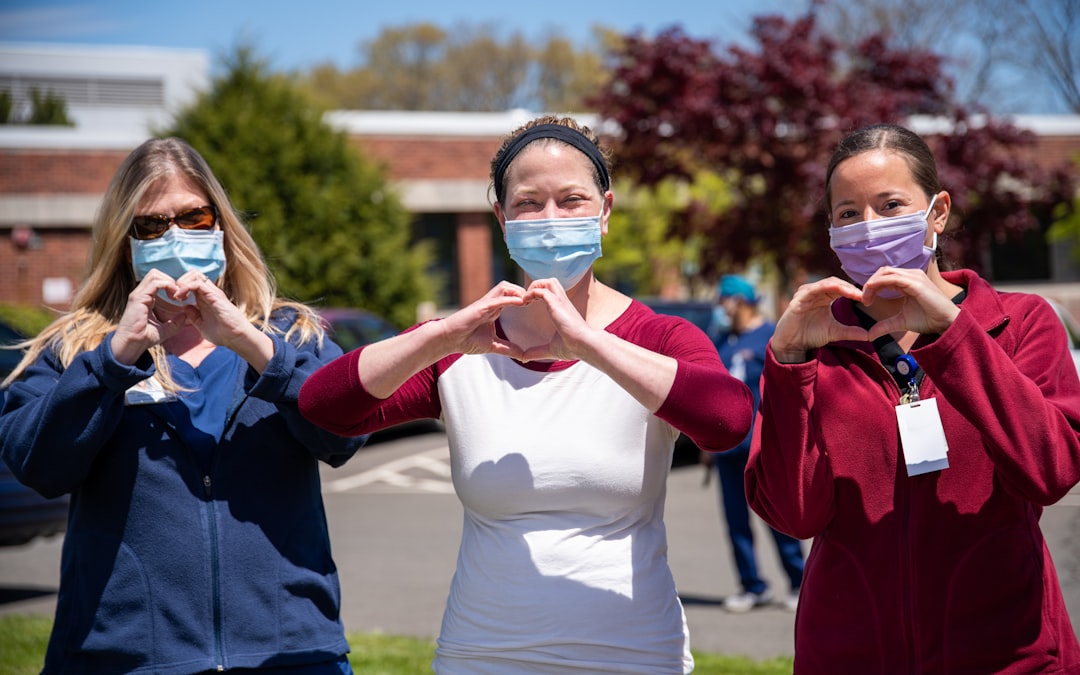What is it about?
The workload of the school nurse is complex as it encompasses individualized care to population health. This paper develops workload indicators from four broad areas that school nurses, school nurse administrators and other school stakeholders/policy makers may consider in school nurse workload measurement that provides safe, quality care to students: health conditions and needs of students; social determinants of health; characteristics of the nursing staff; characteristics of the school/community.
Featured Image
Why is it important?
There is little research in the work environment of the school nurse. The role of the school nurse is an underutilized resource that could provide an unprecedented opportunity to shift the nation from a focus on sickness and disease to one based on prevention and wellness. The numbers of students and complexity of health needs for students attending school has increased, as has the number of students who are at risk for other health concerns, such as obesity. Caseload ratios, such as one school nurse to 750 students, was never evidence-based and failed to account for issues such as students with chronic diseases, or social determinants of health.
Perspectives
School nurses are an integral and critical component in our nation's healthcare system. Changes in health care reform has increased the focus on health promotion and wellness. Where best can we support this focus than in our schools? School nurses are vital healthcare leaders that improve the health status of students and their communities. School nurses are a cost effective and cost efficient means of promoting a culture of health.
Beth Jameson
Rutgers The State University of New Jersey
Read the Original
This page is a summary of: Factors Related to School Nurse Workload, The Journal of School Nursing, July 2017, SAGE Publications,
DOI: 10.1177/1059840517718063.
You can read the full text:
Contributors
The following have contributed to this page










